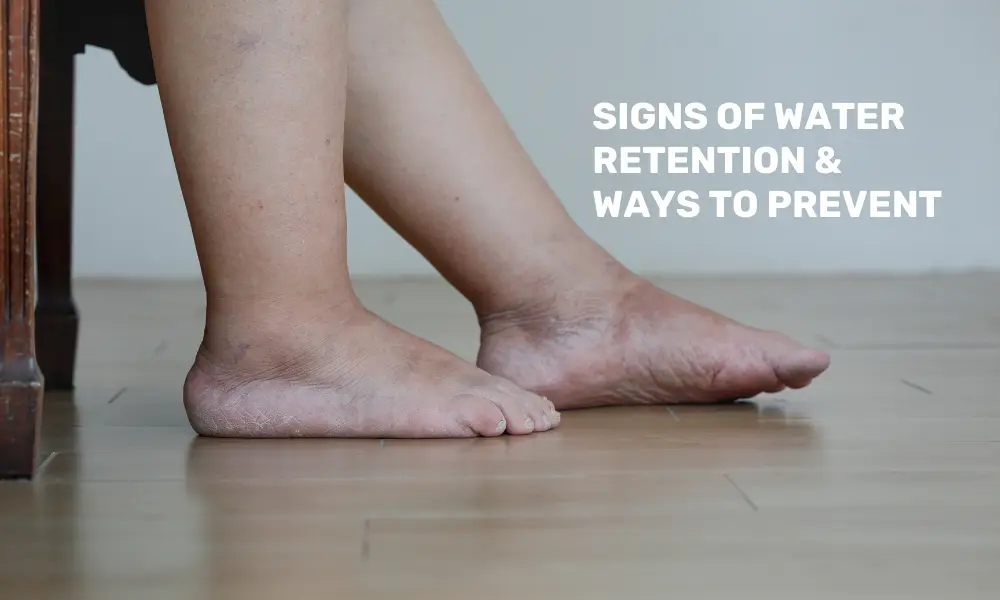With technological advancements and increased dependence on electronic devices, we are highly subjected to experience sleeplessness and other health complications because of exposure to excessive blue light emitted from electronic devices.
Table of Content
-
What is Blue Light?
-
Sources of blue light
-
Benefits of Blue light
-
Effects of blue light
-
Preventive Measures
Dr. Sonal Mhatre, BHMS, with 17 years of Clinical experience, shares useful information on the impact of blue light on our health and preventive measures to reduce its ill effects.
What is Blue Light?
The sunlight is the largest natural source of blue light. Additionally, there are many other artificial sources of blue light:
-
LED light
-
CFL (compact fluorescent light) bulbs
-
Fluorescent light
-
Flat-screen LED televisions
-
Computer and tablet screens, smartphones
Not all colors of light have the same effect on us. Light with blue wavelengths is beneficial during daylight as it boosts our mood, attention, and reaction times. This light is highly disruptive at night.
The proliferation of electronics with screens and energy-efficient lighting increases our exposure to blue wavelengths, especially after sundown. Light of any kind can suppress melatonin secretion (a hormone produced by the brain in response to darkness). However, blue light at night impacts the brain’s capacity more powerfully.
Blue light affects the body’s circadian rhythm and our natural wake-up and sleeping cycle. During the day, blue light wakes us up and stimulates us. But too much blue light exposure late at night from our phone, tablet, or computer can make it harder to get to sleep.
Sources of blue light
-
Blue light from the sun: blue light is part of visible light during the day. However, when combined with other wavelengths, it can impact our skin.
-
Blue light from devices: This includes the blue light emitted from devices, such as iPads, computers, laptops, and smartphones, emit blue light.
-
Therapeutic blue light: blue light can be isolated and, in combination with medications, can be used as a treatment for inflammatory conditions like acne and some skin cancers.
Benefits of Blue light
Exposure to blue light during daytime hours is good for health; some benefits may include:
-
Helps maintain a healthy circadian rhythm.
-
It boosts alertness, helps memory and cognitive function, and elevates mood.
-
Good for our eyes and vision.
-
Good exposure to the daytime blue light can prevent myopia/near-sightedness.
Effects of blue light
Slight exposure to blue light at night disrupts the sleep pattern and causes various other ailments. People with short sleep patterns at night increase their chances of contracting diseases like diabetes and cardiovascular diseases.
Chronic misalignment of circadian rhythms can lead to many negative health impacts, including metabolic disorders and mental health conditions such as depression.
Increased use of screen time impacts the health of individuals. Having an eye strain is common among people who use screens for long intervals of time.
It has also been noted that people tend to blink less when they are occupied with their work on the screen, which causes dry eyes and irritation in the eyes.
Other impacts of blue light are headaches, blurred vision, neck pain, and shoulder pain.
Preventive Measures
Here are six preventive measures for the impact of blue light.
-
Limit Screen time: Try to decrease the amount of time spent in front of screens and take frequent breaks to give rest to your eyes. This can improve sleep quality.
-
Filters: One must use screen filters for smartphones, tablets, and computer screens. They decrease the amount of blue light given off by these devices that could reach the retina in our eyes.
-
Computer glasses: Computer glasses with yellow-tinted lenses block blue light and help ease digital eye strain by increasing contrast. Hence, these are good options to reduce the exposure to blue light.
-
Anti-reflective lenses: Anti-reflective lenses reduce glare and increase contrast, and block blue light from the sun and digital devices.
-
Frequent Breaks: It is advised to take a break after every 20 minutes of work. The 20-20-20 rule is the ideal rule to follow to reduce eye strain, dry eyes, and red eyes caused by long exposure to the screen’s blue light. The rule states that one must take a break of twenty seconds to view an object placed twenty feet away after every twenty minutes. This helps reduce eye strain.
-
Appropriate Lightings: Using dim red lights for night lights can be helpful. Red light is less likely to shift circadian rhythm and suppress melatonin. Avoid looking at bright screens beginning two to three hours before bed.
Furthermore, individuals who work a night shift or use many electronic devices must consider wearing blue light-blocking glasses or installing an app that filters the blue/green wavelength at night.
The above preventive measures are helpful to prevent the ill effects of blue light on our health. However, exposing ourselves to lots of bright light during the day can boost our ability to sleep at night and improve our mood and alertness.





